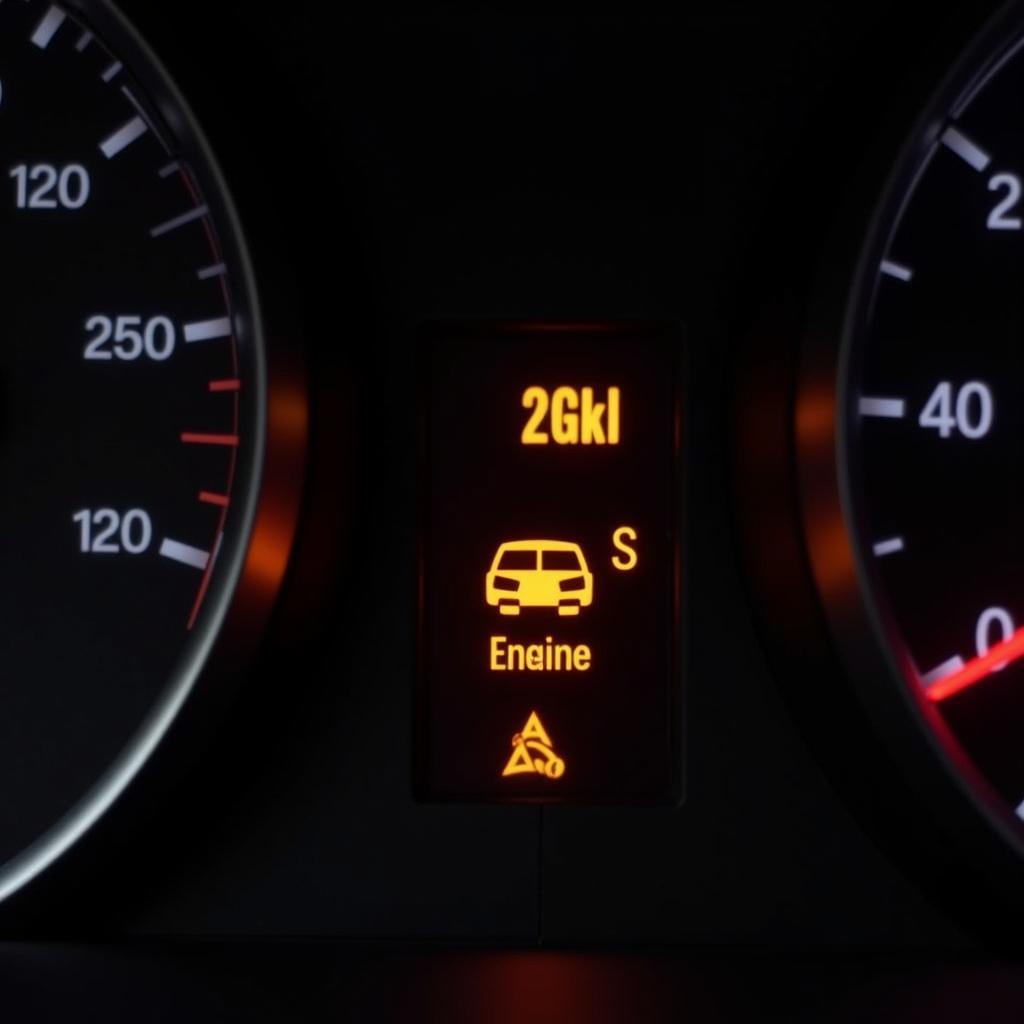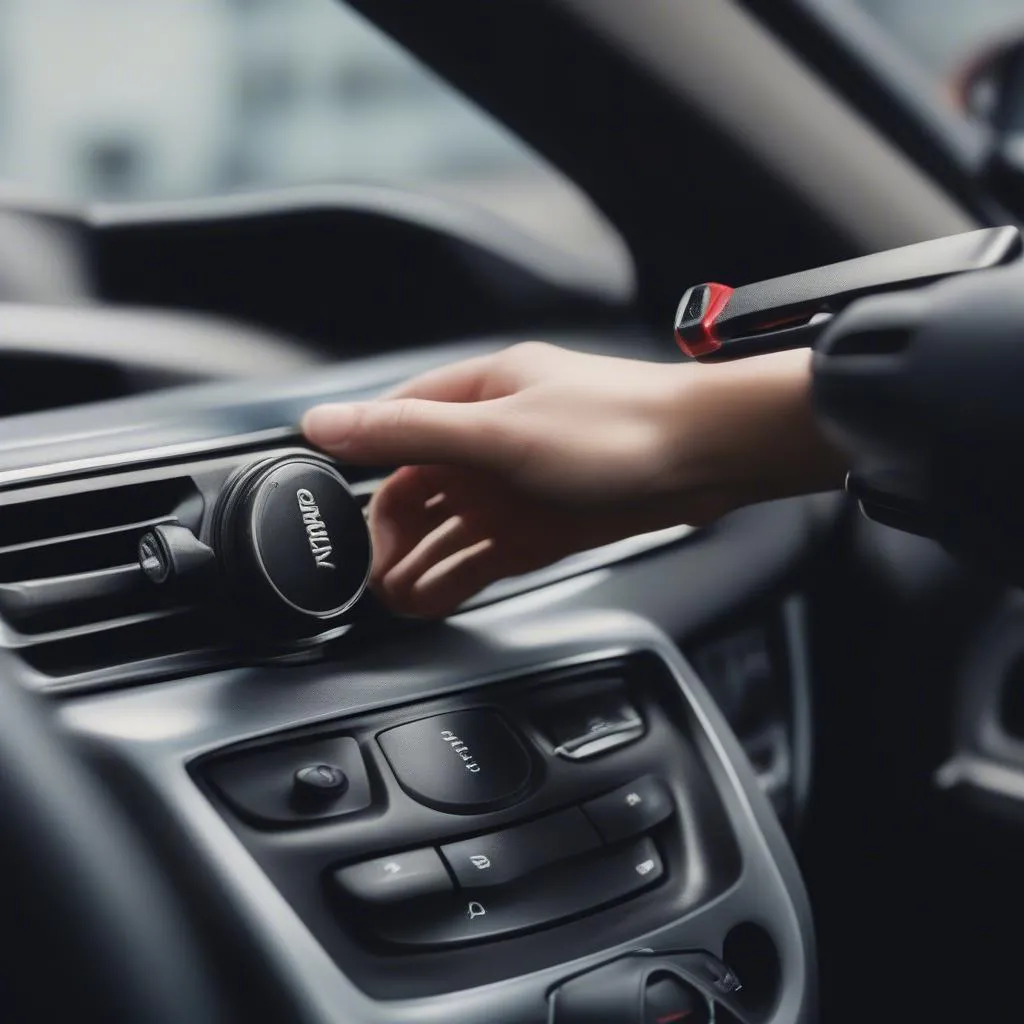Owning a Jeep CJ7 with Warn premium hubs and disk brakes is a badge of honor, signifying your readiness for off-road adventures. But even the most reliable 4×4 systems can encounter issues. If you’re experiencing problems with your Warn premium hubs, this guide will provide comprehensive troubleshooting steps and solutions.
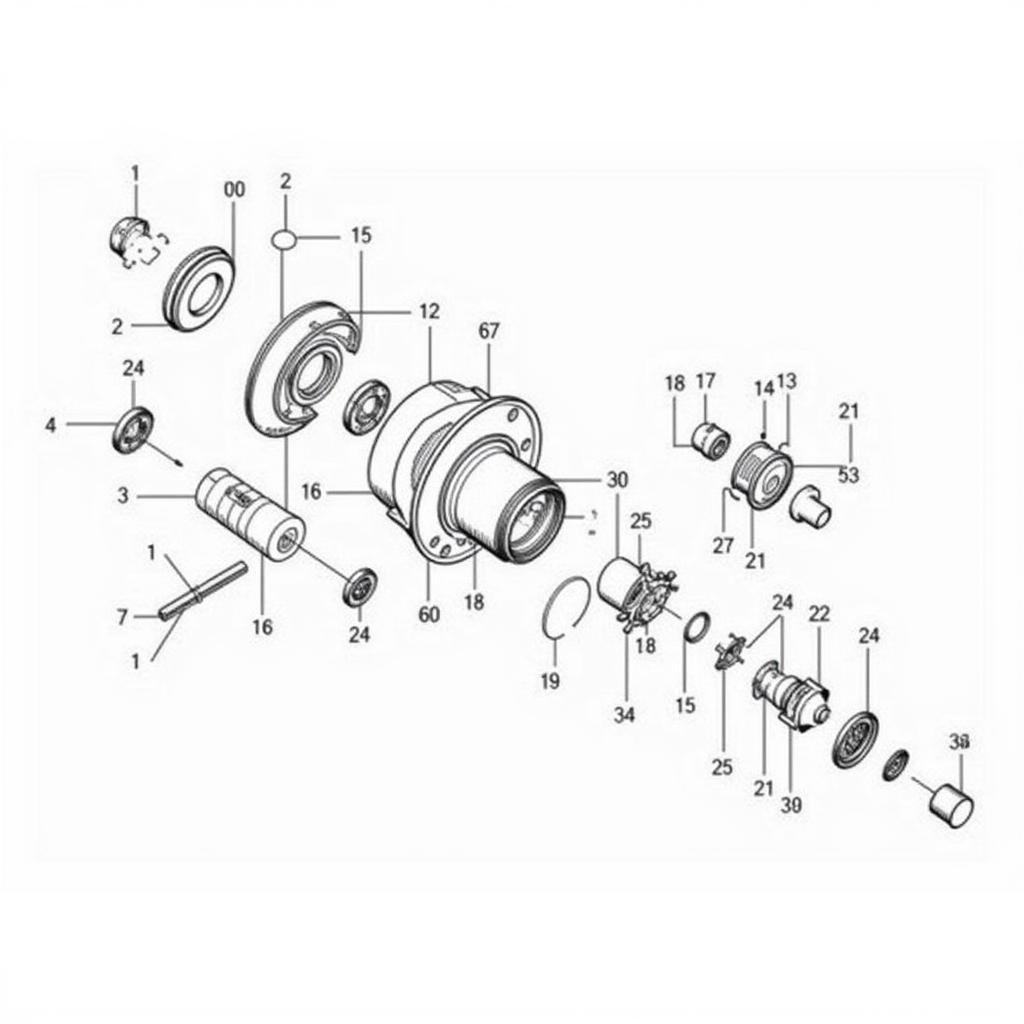 Warn Premium Hub Components
Warn Premium Hub Components
Understanding Your Warn Premium Hubs
Before diving into troubleshooting, it’s crucial to understand how your Warn premium hubs function. These hubs are designed to connect your front wheels to the axle shafts, allowing you to switch between two-wheel drive (2WD) and four-wheel drive (4WD).
When in 2WD, the hubs disengage the axle shafts, allowing the front wheels to rotate freely and reducing wear and tear on your drivetrain. Engaging 4WD locks the axle shafts to the wheels, providing power to all four wheels for increased traction on challenging terrain.
Common Warn Premium Hub Issues
Several issues can arise with Warn premium hubs, ranging from simple user errors to more complex mechanical problems:
- Hubs won’t engage: This is often due to not rotating the hub dial fully to the “Lock” position or debris preventing the locking mechanism from engaging.
- Hubs won’t disengage: This can be caused by a worn-out hub, internal rust or corrosion, or a damaged hub dial spring.
- Unusual noises from the hubs: Clicking, grinding, or popping sounds usually indicate a worn-out part within the hub, such as the bearings or clutch mechanism.
- Difficult turning or steering: If your Jeep feels harder to turn, especially in 2WD, it could signify a hub that’s not disengaging properly, causing drag on the front wheels.
Troubleshooting Your Warn Premium Hubs
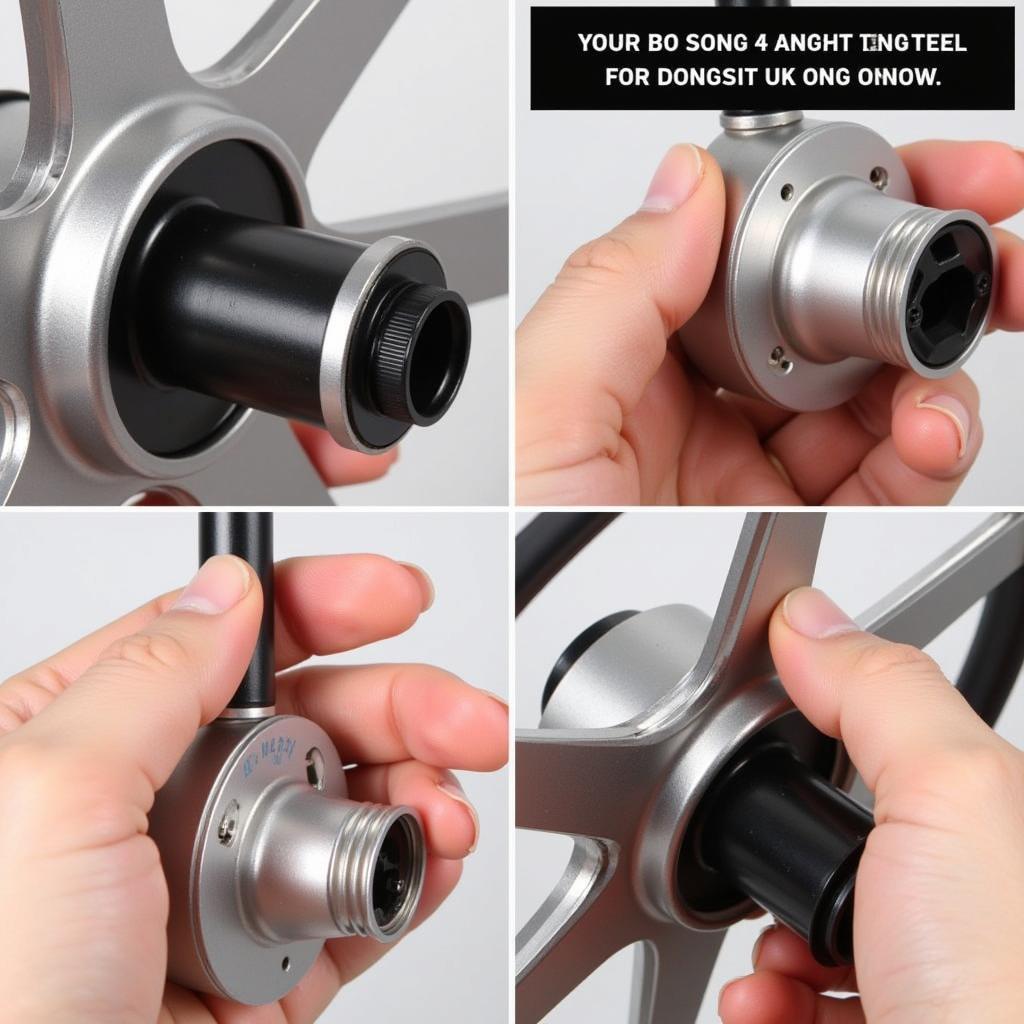 Checking Warn Hub Engagement
Checking Warn Hub Engagement
Follow these steps to diagnose and fix common issues:
- Inspect the Hubs: Carefully examine both hubs for visible damage, such as cracks, dents, or missing parts.
- Check Hub Engagement: With the vehicle parked on a level surface and the transmission in park (or neutral for manual transmissions), ensure the hubs are disengaged. Rotate the hub dial to “Lock” and then back to “Free” several times, feeling for smooth operation.
- Inspect for Debris: Dirt, mud, or rocks lodged inside the hub can prevent proper engagement. Use a clean cloth and compressed air to remove any debris.
- Check for Wear and Tear: Look for signs of wear on the hub dial, locking mechanism, and splines. Excessive wear may necessitate hub replacement.
- Lubricate the Hubs: Regularly lubricating your Warn premium hubs is essential for smooth operation and longevity. Use a high-quality grease specifically designed for automotive hubs.
When to Seek Professional Help
While many Warn premium hub issues can be resolved with basic troubleshooting, certain situations warrant professional attention:
- Severe damage: Significant damage to the hub housing or internal components may require specialized tools and expertise to repair.
- Persistent issues: If the problem persists despite following the troubleshooting steps, it’s best to consult a qualified mechanic experienced with Warn premium hubs.
- Lack of confidence: If you’re uncomfortable disassembling or working on your hubs, don’t hesitate to seek professional help.
“Addressing hub issues promptly is crucial,” says John Smith, a senior mechanic with 20 years of experience specializing in off-road vehicles. “Ignoring these problems can lead to more significant damage and costly repairs down the road.”
Maintaining Your Warn Premium Hubs
Proper maintenance is key to maximizing the lifespan and performance of your Warn premium hubs. Follow these tips for optimal hub health:
- Regular Inspection: Visually inspect your hubs every time you lubricate them or before and after off-road excursions.
- Thorough Cleaning: Clean your hubs regularly, removing any dirt, mud, or debris that could accumulate and cause damage.
- Proper Lubrication: Grease your hubs every 3,000 miles or more frequently if you frequently drive in wet or muddy conditions.
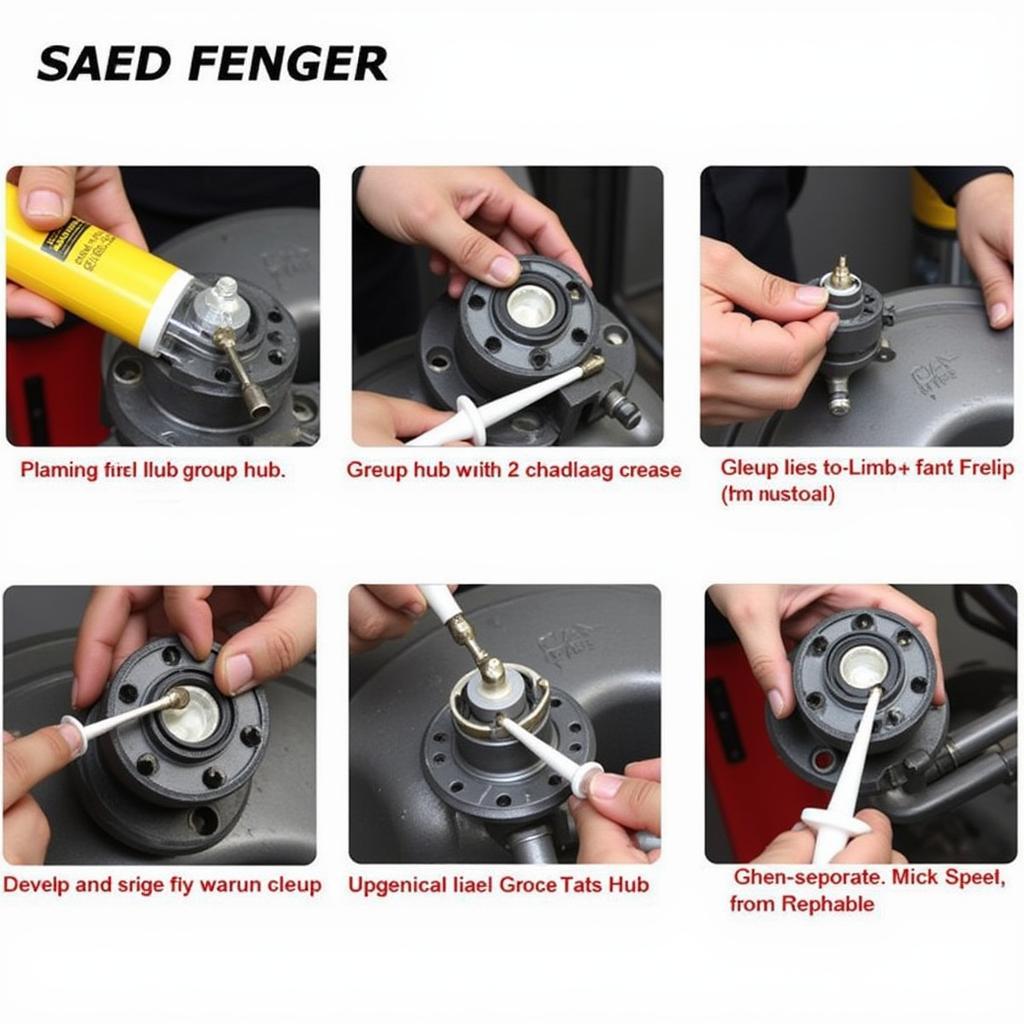 Applying Grease to Warn Hub
Applying Grease to Warn Hub
Conclusion
Warn premium hubs are built for durability and performance, but they require regular maintenance and occasional troubleshooting. By understanding how these hubs work, you can identify and address issues early on, ensuring your Jeep CJ7 is always ready to tackle any off-road adventure. Remember, when in doubt, consult a qualified mechanic to avoid further damage and ensure a safe and enjoyable driving experience.


